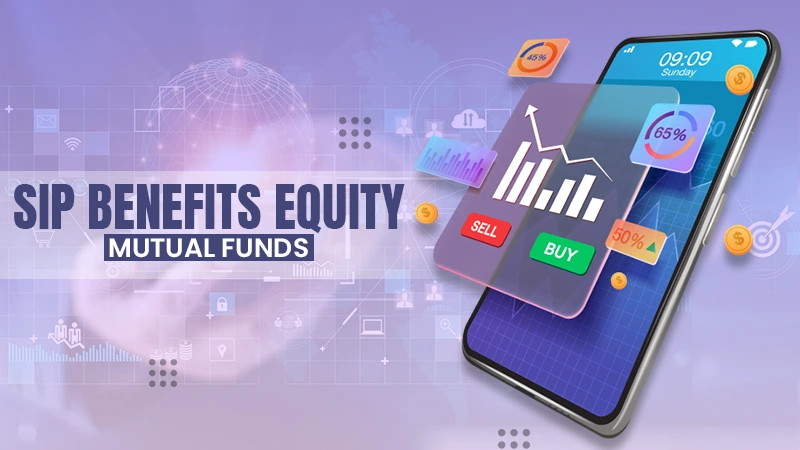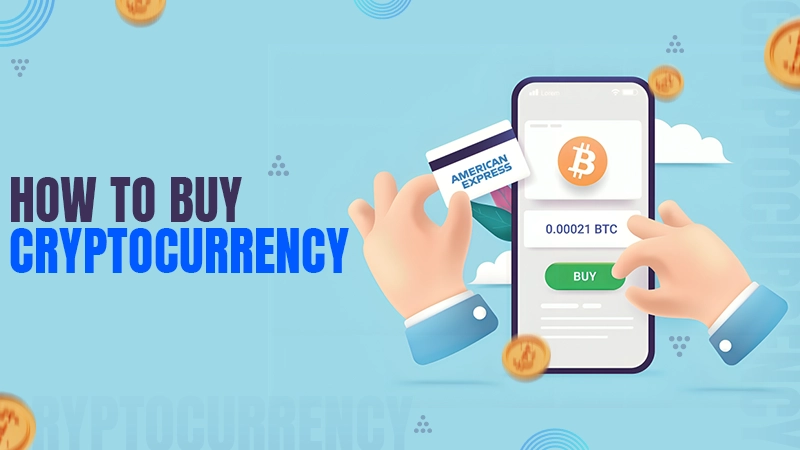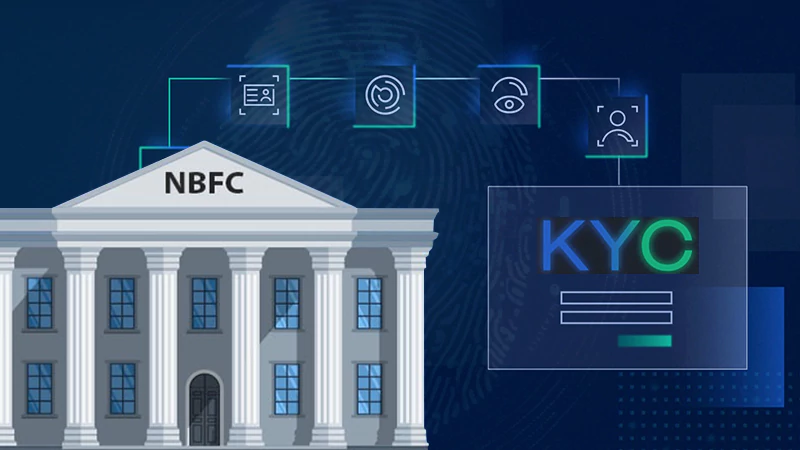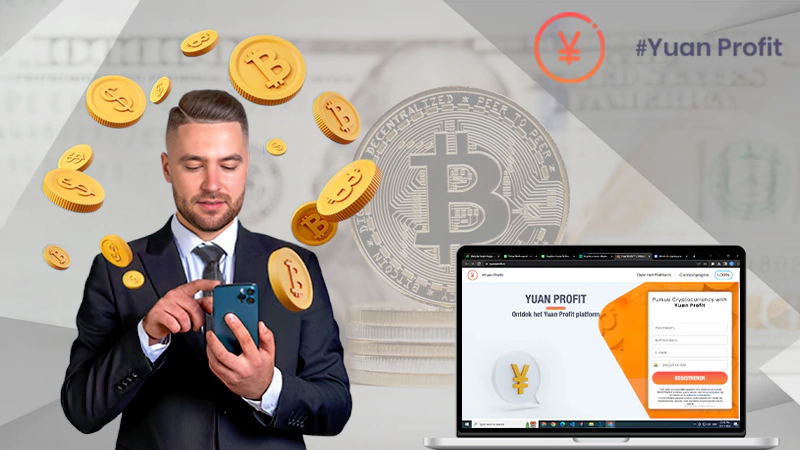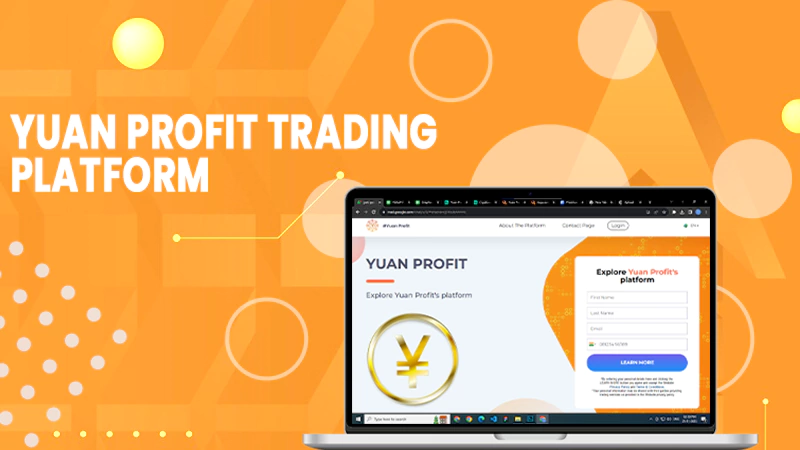Payment Preferences: Their Financial Impact on Retail Strategies
The Currency of Customer Convenience
In the fast-paced retail sector, the adage “time is money” takes on a literal meaning. Across the board, consumers want the quickest checkout lines—not just in physical stores, but also in digital ones. Retailers, seeing this shift, are adjusting their strategies to offer a variety of payment methods. We’re not just trying to facilitate a transaction; we’re trying to build trust and make sure customers come back. Having payment options that customers prefer can make checkout easier for retailers, which more likely translates into better sales.
Retailers need to understand that their payment infrastructure isn’t just a service, it’s part of their overall strategy. The right payment method might make the difference. It is a good way to stand out in a crowded market.
The Evolution of Payment Methods in Retail
Our payment system has evolved since the first coins traded in ancient markets. Since cash registers were replaced by card swipes and one-click payments on smartphones, the retail world has seen a revolution in payment technology. As new payment technologies emerge, consumers’ expectations and preferences and retail strategies change too.
In today’s retail landscape, there are plenty of options to cater to every type of shopper, like PayPal, Apple Pay, or even Bitcoin. Retailers aren’t just selling products anymore, they’re selling the experience. The willingness of a retailer to accept and integrate advanced payment methods in this digital age shows how committed they are to customer service and innovation. Streamlining checkout processes has made retailers’ speed and ease of transactions as valuable as their products.
Balancing Convenience with Security
A single fraud can quickly erode consumers’ trust, so retailers need to protect their cyber frontiers as well. Consumers love one-tap payments; there’s also a lot of responsibility on part of the merchant.
You don’t just have to protect yourself; you have to invest in payment security to build your reputation. Customers are more likely to shop with you again and again if they feel confident about your financial information. On the other hand, a breach can cause financial losses and repel customers. You need secure, encrypted payment solutions to keep your customers safe from cyber threats.
Leveraging Deals with Payment Flexibility
With flexible payment methods, retailers can reach a wider audience and engage the savvy customers through discounts. You can score a discount while getting multiple payments at the same time.
The combination of choosing the payment method of your choice makes your customers more likely to buy. It helps retailers drive traffic by lowering the psychological barrier to spending. In addition to increasing sales and customer loyalty, retailers get to save money from them.
Make your shopping a savvy delight. Find best deals on your purchases at the kate discount code.
Data-Driven Decisions: How Payment Preferences Influence Retail Analytics
In the age where ‘big data’ is more than just a buzzword but a foundation for decisions, retailers are harnessing the power of analytics to steer their strategies. Payment methods generate a treasure trove of data, offering insights into consumer behavior, spending patterns, and even economic trends. By analyzing “this data,” retailers can tailor their offerings to better match consumer preferences, optimize their pricing strategies, and even forecast future sales with greater accuracy.
A retailer can gain an edge if it leverages payment data. A retailer may prioritize mobile-friendly marketing campaigns or offer mobile-exclusive discounts if analytics indicate a high number of transactions via mobile wallets. A retailer that leads the market can do it with this level of strategic planning, powered by payment data.
The Checkout Experience: Streamlining for Success
It’s the last touchpoint in the customer’s buying journey, so its efficiency counts. Streamlining the checkout process by offering multiple payment options boosts customer satisfaction and boosts the bottom line. Cart abandonment is the result of clunky, time-consuming checkout, whereas smooth checkout encourages a sale.
Technology helps retailers simplify these last steps, since they recognize checkout as a crucial part of the customer journey. Whether it’s enabling payment through a tap or a click, we want the experience to be so effortless, customers barely notice it. In order to increase conversion rates and encourage repeat business, we’re focusing on frictionless payment experiences.
Global Trends: Local Preferences and International Impacts
What works in one country might not work in another. Retail isn’t just a local business; it’s global. Payment preferences vary widely across regions and cultures. Many people prefer cash on delivery, while others like digital payments. To expand your reach, retailers have to figure out what locals want.
Adapting to local payment methods can have a big financial impact. Retailers can expand their customer base and market penetration a lot if they offer the preferred local payment methods. In a global economy, you’ve got to keep up with international payment trends in order to stay relevant.
Innovations on the Horizon: Preparing for the Future of Payments
Changing payment methods means retailers have to stay on top of the next payment innovation. Biometrics, contactless payments, and even artificial intelligence-driven payments aren’t forecasts anymore; they’re here at our doorstep.
They need flexible and scalable infrastructure if they want to pivot and embrace new payment technologies. Retailers who do will be leading the way in a new era, where checkout isn’t just a transaction, but a brand experience.
Looking for budget friendly shopping? Save big on your shopping with deals at this data.
Conclusion: The Strategic Imperative of Payment Adaptability
As a result, payment adaptability is an important strategic factor for retail. Any retail strategy aiming to succeed in the modern marketplace has to offer a variety of secure, convenient payment options—it’s no longer a luxury. You’ll reap the financial benefits of understanding and acting on your customers’ preferences if you understand and act on them.
Integrating different payment methods should be done thoughtfully, taking security, customer preference, and checkout seamless into account. In addition to increasing customer satisfaction and sales, those who do this will also be able to face the future of retail payments with a strong foundation.
Follow Us
Latest Post






